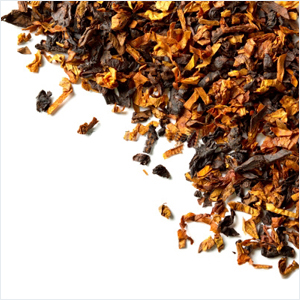Different types of smoking do not eliminate its risk. And smoking, regardless of what type it is, still represents one thing, which is addiction, disease, ailments, early death and a waste of life and money.
Cigarettes
Cigarettes are the most common way of consuming tobacco, especially among young people. A young person starts by trying a cigarette and then finds themselves addicted to nicotine, which is then hard to give up.
There are several types of cigarettes that differ in shape but they all harm in the same way. Every day, we see tobacco companies trying to come up with something new to attract more people to succumb to the addiction while they make billions of dollars in profits.
There are filtered cigarettes and others with low levels of nicotine, as well as rolled cigarettes either in white paper or brown paper (tobacco paper). They come with regular tastes while others are sweetened with several flavors.
The harmful effects of smoking cigarettes are many. Seemingly, everyday something new is discovered that can damage a person’s health, their families' health and that of their community. Cigarettes are harmful to many parts of the body including skin, the mouth, throat, esophagus, stomach, pancreas, lungs, heart, arteries, bladder, breasts, and the cervix, in women, as well as the brain and nervous system. All are prone to diseases and ailments caused by smoking, the most of which are cancer, heart disease and lung disease.
Cigars or Pipes
Contrary to popular opinion, smoking cigars or pipes is no less harmful to health than smoking cigarettes.
The truth is that one cigar on average has more nicotine and tar than a pack of cigarettes and one large size cigar has 40 times the nicotine and tar found in one cigarette. The concentrated toxic substances and carcinogens in cigars means that regular cigar smoking is harmful, even in a small amount. Also, the number of people who die from mouth, throat or esophagus cancers due to cigar smoking is ten times higher than those who do not smoke.
Shishas or Hookahs and Mouassal
It is commonly thought that smoking shisha and hookah can be less harmful than cigarettes, but the truth is that one shisha is equivalent to 50 to 60 cigarettes, and a two hour to three hour session of smoking a shisha is equivalent to smoking 25 cigarettes.
There are several types of shisha that differ in shape and content, but its harmful effects are the same. One type is “mouassal” which is molasses tobacco, another is “jrak” which is tobacco added to a group of rotten fruits and the sweetened shisha which contains tobacco and specials kinds of fruits like apricot. All of these contain fermented material.
Smoking shisha is a leading cause of lip, mouth and throat cancer. It also leads to lung, esophagus, stomach and bladder cancer. Smoking shisha can also be responsible for the spread of tuberculosis microbes that cause tuberculosis and help spread it between smokers who share the same shisha pipe, and it can . This can also spread to non-smokers who come in contact with smokers. Shisha are also a minimal source of air pollution as they spread smoke and toxic gases like carbon monoxide and are contaminated with pesticides, heavy metals and mycotoxins.
Storing or Chewing Tobacco in the Mouth
Chewed and smoke-free tobacco is consumed through the mouth; it is smoking without the smoke. The person chews the tobacco – mixed with other ingredients – in their mouth for a sustained period of time where the juice from the tobacco is absorbed to the bloodstream and hence to the rest of the body. The effects on the body are much the same as smoking. The user can also store it in the mouth cavity without chewing for the same result. This way of consuming tobacco is no less dangerous than smoking. Continuous use will expose the interior membranes of the mouth and throat to the harmful effects of tobacco with the potential to develop mouth and throat cancer. Chewing tobacco also increases the chances of increased blood pressure, heart diseases and peptic ulcers.
